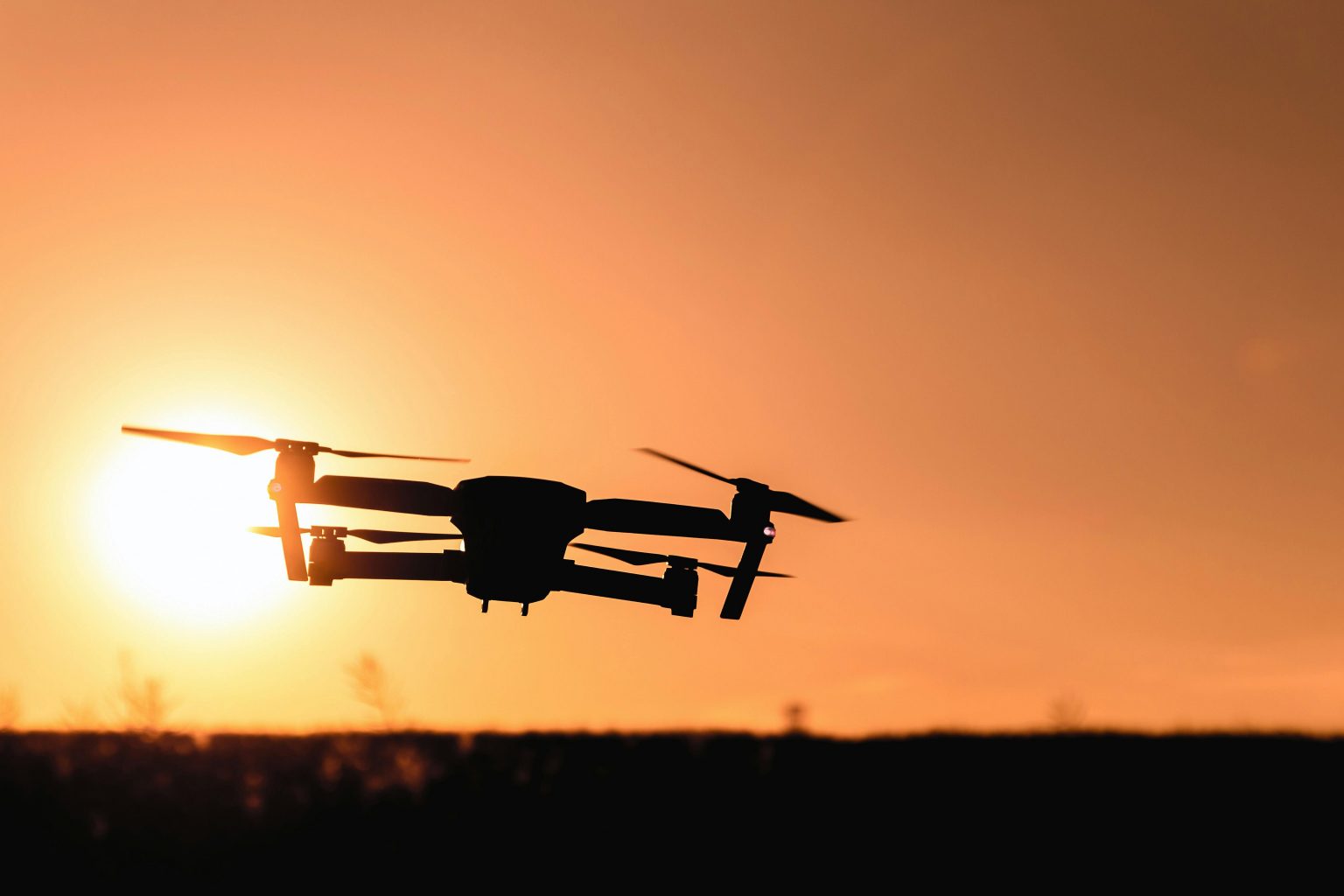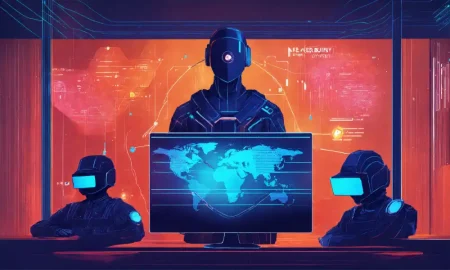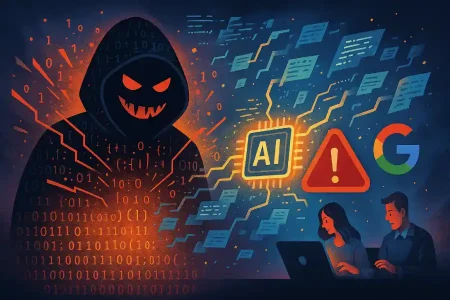Drones have always conjured up images of futuristic cities, but how much of it is possible?
With the advent of smart cities, unmanned aerial vehicles (UAVs), a.k.a. drones, are expected to play a critical role in enabling and managing the environment of smart cities, not only providing connectivity but also other services such as awareness, traffic management, etc. for public safety. All over the world, everyone from law enforcement to utility providers is seeking an increased usage of drones to provide citizens with a safe and better quality of life.
Drones, on the other hand, have always conjured up images of extremities: either tactical warfare or gaming. This International Drone Day on May 3rd, we ask ourselves: Can drones really protect our cities too?
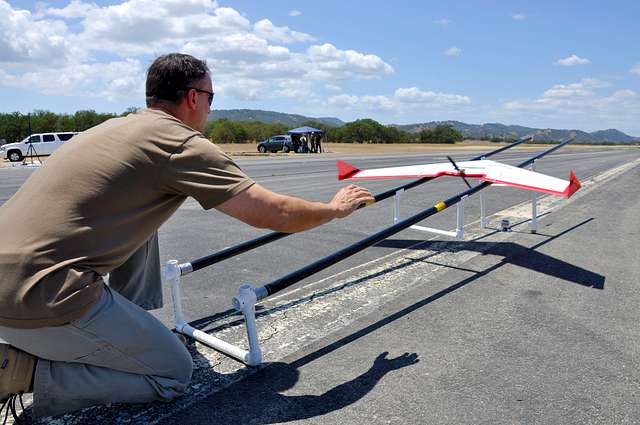
Safety
It’s the last thing you might expect, but drones with the objective of public safety have taken off hugely in the last few years. Take the drone program implemented by the Chaska Police Department in Minnesota in April 2024 to assist with their law enforcement activities. The highly successful program, which has four drones piloted by five officers, has reshaped the way they serve and protect the citizens.
Not only are they helpful in providing aerial surveillance during emergencies but they’ve also been instrumental in locating missing persons and providing useful aerial perspectives. The drones were their eye in the sky during the record-setting Minnesota River flooding in the summer of 2024, putting a new spin on safety.
In fact, police departments everywhere are seeking to implement drone first responder (DFR) programs, drawing inspiration from drone usage by the Chula Vista Police Department in San Diego County. These involve deploying a camera-equipped drone fleet that can respond effectively to 911 and other law enforcement calls for service.
They’re launched from regular bases, like police station roofs, getting to the place of the incident first and offering responding officers on their way a view of the scene. Calling this “situational awareness,” the police said that the views will help officers get a thorough understanding of the situation before their arrival, helping them prepare for the scene better.
We’ve been hoping they bring back “Nixie,” the world’s first wearable drone prototype. It was to be worn as a wristband, gradually unfolding and flying like a quadcopter, capturing photos and videos autonomously and returning to the wearer. In fact, the Nixie won Intel’s Make It Wearable challenge in 2014, even receiving USD 500,000 in funding, but it was never released commercially.
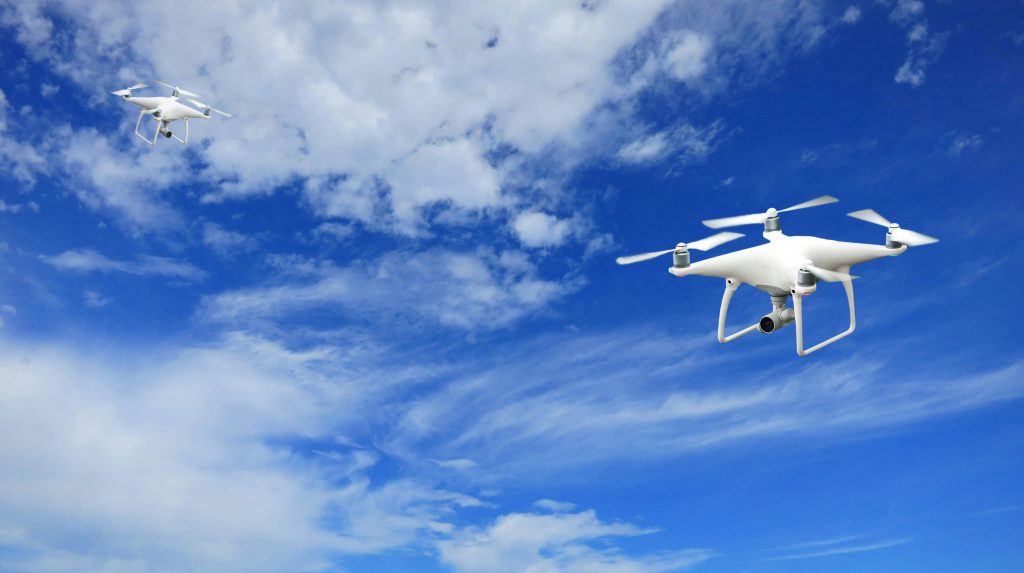
Weather and Disaster Management
Climate change has been an issue for many decades, but it’s in the last 20 years that we’ve been seeing major and palpable changes in the environment and weather as a consequence. Drones have emerged as unlikely heroes in this regard.
One arena where drones are proving to be extremely useful is fire safety. Wildfires have seen an alarming rise in the last decade, and wildfire season, especially in the United States, has been growing longer with every passing year. State agencies such as CAL FIRE (California Department of Forestry and Fire Protection) and multiple local fire departments countrywide have been turning to firefighting drones to deal with fires.
Equipped with advanced sensors, drones have been snapping infrared video images, offering augmented situational awareness to fire departments. Moreover, drones operated by the Salinas Police Department have been helping crews identify the point of origin of fires, wildfires, and otherwise, with their fire department assembling and training their own drone pilot teams. Not only have they been useful in firefighting, but they’ve also helped with power lines inspections and in agriculture.
Ben Franklin’s got nothing on 2025’s Japanese drones, which are taking lightning control to a whole new level. Major Japanese telecom company NTT (Nippon Telegraph and Telephone Corporation) designed and successfully tested the world’s first lightning triggering and guidance system. Its engineers sent drones equipped with Faraday cages right into thunderclouds and storms, which remained airborne even after being zapped by lightning, thanks to the cage protection.
Despite it melting partly, the key takeaway is that the drone remained airborne after being struck by lightning. The objective? Betting on a future where, one day, the power of lightning and thunderclouds can be harnessed and stored, while also working as a preventative protection measure.
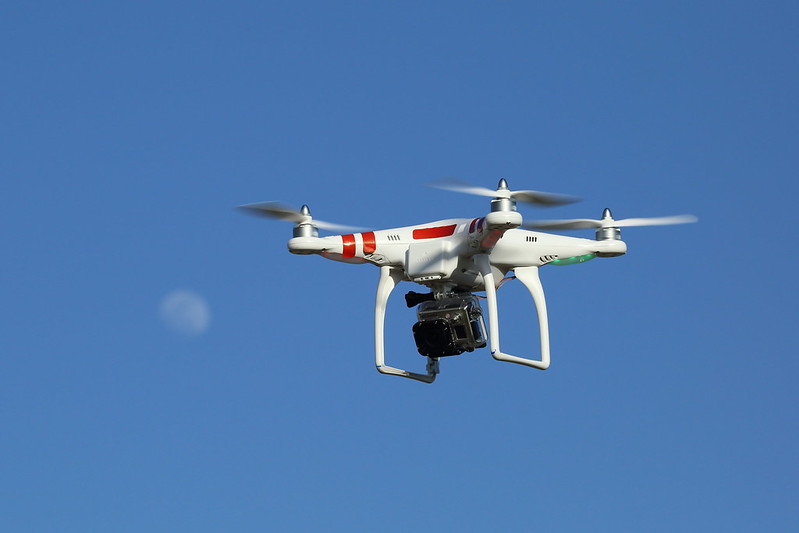
Quality Of Living
Most of our utilities’ infrastructure is managed by humans, but there are places and cases where humans simply can’t access it. Can we have drones do our dirty work and possibly improve our quality of living?
Macomb County in Michigan certainly seems to think so. They’ve become a leader in adopting the usage of, believe it or not, “poop drones” as a safer, smarter way to keep sewers up and running. Inspecting aging sewer pipes is usually a costly, dangerous, and slow process, with workers having to either physically enter hazardous tunnels or rely on tethered crawlers.
Drones such as Asio X and Elios 3 have been specifically designed to navigate cramped, dark spaces, equipped with lidar sensors, 4K cameras, rugged, protective cages, and powerful lights. Thus, inspections now see these devices fly through sewer pipes, capturing detailed data without having to put human workers at risk.
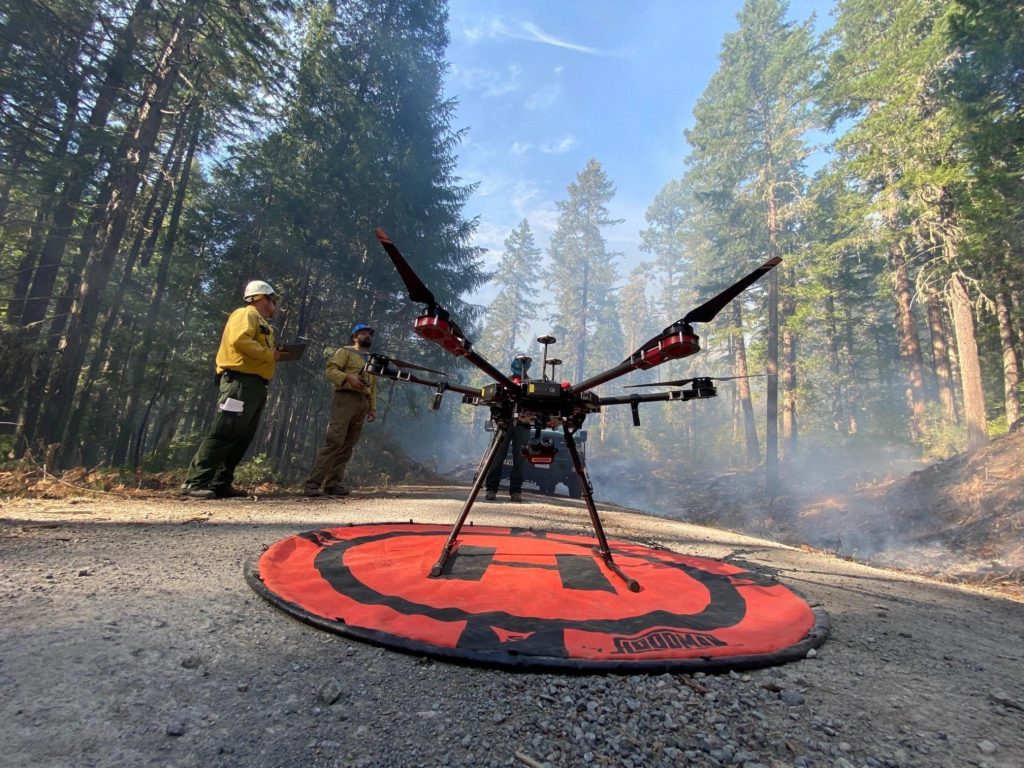
Better quality of life is taking on a new meaning in Melbourne where Melbourne Water, in a cutting-edge initiative, trialled smart drones in November 2024 to monitor and safeguard the city’s world-class drinking water. They deployed them at one of the largest protected water catchments in the city, Silvan Reservoir, which supplies nearly 65% of its drinking water. These drones monitored the water and surrounding protected catchments for unauthorised activities and potential risks from animals and humans.
The Way Ahead
Drone usage isn’t without its concerns, such as privacy issues, responsible use of airspace, and other grey areas of the laws under which they operate. However, there’s no denying that when everything is in place, cutting-edge drone technology has the power to lead us into a safer, more resilient future.
In case you missed:
- The AI Surveillance Society: Is It Necessary or Have We Gone Too Far?
- Are Driverless Vehicles Here To Stay?
- Should Children Be Talking To AI Chatbots?
- Seabed Security: A Deep Dive Into Underwater Robotics Technology
- AI: Bringing About The Next Agricultural Revolution In India
- Data Centre in a Mine Located in The Alps. What’s Next for Underground Data Centres?
- The Price Of Money: Can Cryptocurrency Go Green?
- Wildlife Conservation: Is AI Changing It For The Better?
- Can Your Wi-Fi Betray You?
- AI Just Found a Lost City, is Archaeology Seeing a Digital Revolution?




